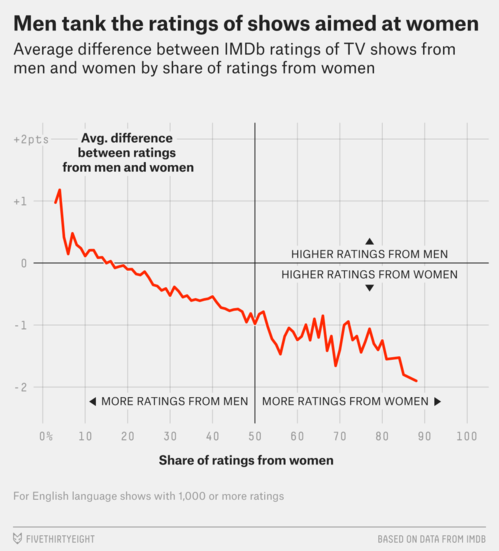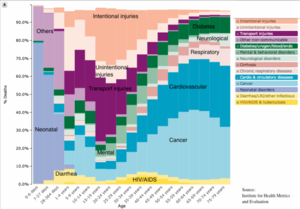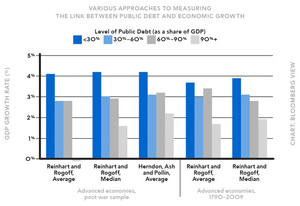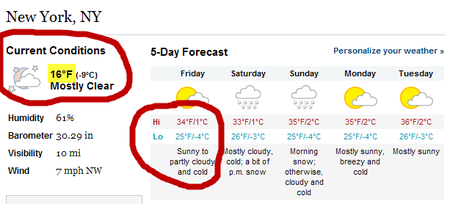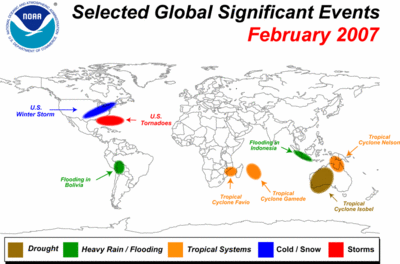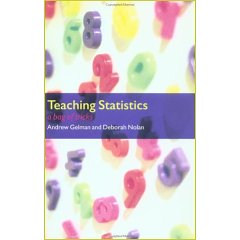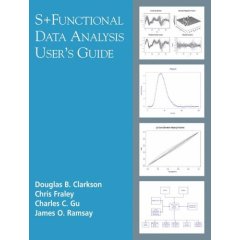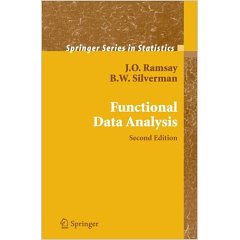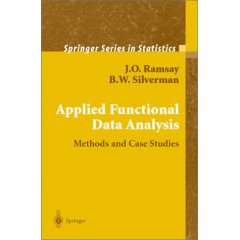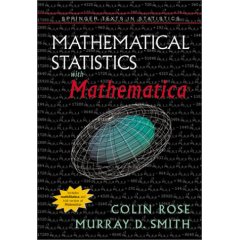A bank that wants to sell its best customers additional services, for example, might buy details about those customers' social media, Web and mobile habits to identify more efficient ways to market to them. Or, says Mr. Frankland at Forrester, a sporting goods chain whose best customers are 25- to 34-year-old men living near mountains or beaches could buy a list of a million other people with the same characteristics. The retailer could hire Acxiom, he says, to manage a campaign aimed at that new group, testing how factors like consumers' locations or sports preferences affect responses.
But the catalog also offers delicate information that has set off alarm bells among some privacy advocates, who worry about the potential for misuse by third parties that could take aim at vulnerable groups. Such information includes consumers' interests -- derived, the catalog says, "from actual purchases and self-reported surveys" -- like "Christian families," "Dieting/Weight Loss," "Gaming-Casino," "Money Seekers" and "Smoking/Tobacco." Acxiom also sells data about an individual's race, ethnicity and country of origin. "Our Race model," the catalog says, "provides information on the major racial category: Caucasians, Hispanics, African-Americans, or Asians." Competing companies sell similar data.
Acxiom's data about race or ethnicity is "used for engaging those communities for marketing purposes," said Ms. Barrett Glasgow, the privacy officer, in an e-mail response to questions.
There may be a legitimate commercial need for some businesses, like ethnic restaurants, to know the race or ethnicity of consumers, says Joel R. Reidenberg, a privacy expert and a professor at the Fordham Law School.
"At the same time, this is ethnic profiling," he says. "The people on this list, they are being sold based on their ethnic stereotypes. There is a very strong citizen's right to have a veto over the commodification of their profile."
He says the sale of such data is troubling because race coding may be incorrect. And even if a data broker has correct information, a person may not want to be marketed to based on race.
"DO you really know your customers?" Acxiom asks in marketing materials for its shopper recognition system, a program that uses ZIP codes to help retailers confirm consumers' identities -- without asking their permission.
"Simply asking for name and address information poses many challenges: transcription errors, increased checkout time and, worse yet, losing customers who feel that you're invading their privacy," Acxiom's fact sheet explains. In its system, a store clerk need only "capture the shopper's name from a check or third-party credit card at the point of sale and then ask for the shopper's ZIP code or telephone number." With that data Acxiom can identify shoppers within a 10 percent margin of error, it says, enabling stores to reward their best customers with special offers. Other companies offer similar services.
"This is a direct way of circumventing people's concerns about privacy," says Mr. Chester of the Center for Digital Democracy.
